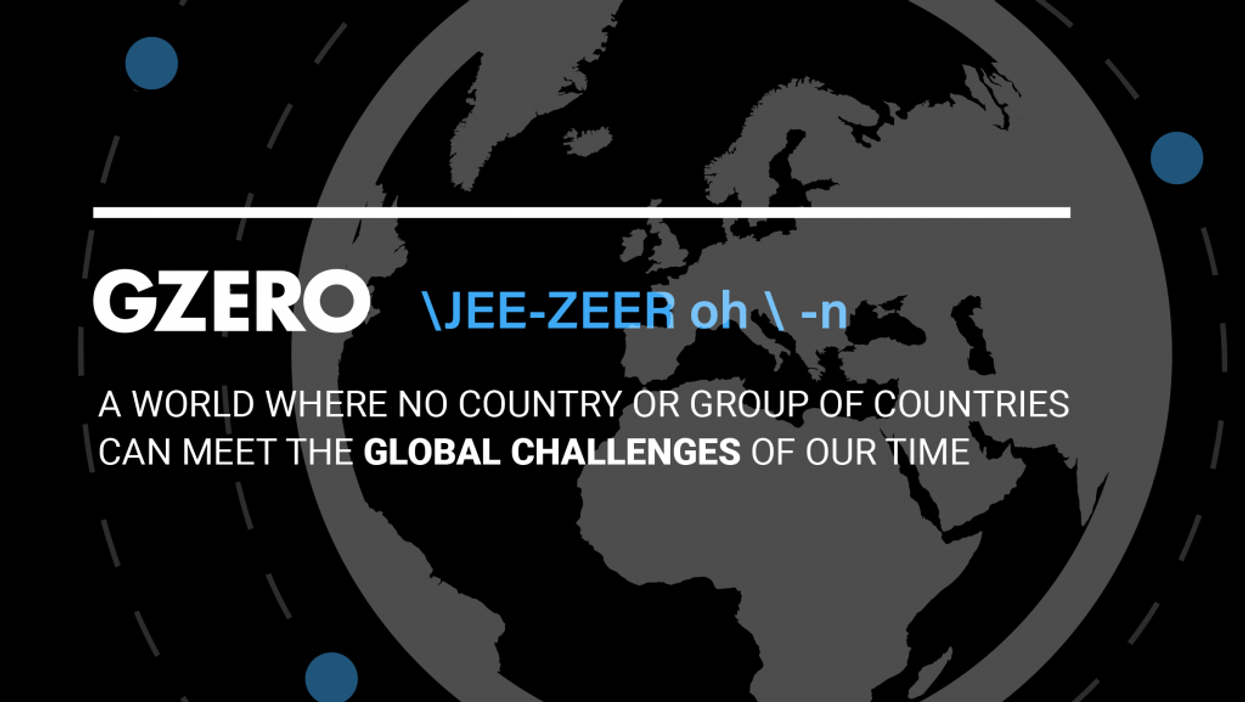Since its inception, generative AI such as ChatGPT has run primarily in the cloud: large data centers run by large companies. In that home, AI is reliant on electricity-hungry computers, robust internet connections, and centralized data. But now AI is beginning to move directly onto devices themselves, encouraged by advances in AI models, user-friendly tools, and ideological factors. This transformation has broad implications for the geopolitics of AI.
Whether for corporate or personal use, on-device AI is fundamentally different from cloud-based AI. When running on your own device, AI no longer requires racks of electricity-hungry computers, a reliable internet connection, or particularly custom hardware to operate. From a user’s point of view, one can more safely and privately give on-device AI access to all data on the device — including messages, photos, and real-time location — without risking privacy leakages. The on-device AI could control apps on the user’s behalf, and their apps could also efficiently use the on-device AI. All for free, with no usage limits.
Of course, the largest and most advanced AI models may never fit on a standard laptop; scientific labs might always need cloud-based AI. But as laptops and mobile devices continue to improve — and AI models continue to be miniaturized — an ever-higher percent of AI use cases will become viable on-device.
Geopolitically, on-device AI will scramble much of the current calculus.
As AI moves from clouds to devices, national AI infrastructure may play a less central role. There are already some reports of AI overcapacity in China; President Xi has publicly warned about it. Conversely, the global south might have an opportunity to leapfrog: just as some nations skipped landline internet and went directly to mobile connections, so too may developing countries skip expensive AI data centers and simply rely on AI-capable devices.
Though cloud operators may matter less, device creators will matter more. Globally, America is currently overrepresented, with Apple, Google, Microsoft, HP, and a range of other relevant device creators. China has historically been less relevant: only Xiaomi commands international attention, with less than 12% of the global mobile market. That said, a variety of companies are building next-gen AI devices. If any get traction (with its AI perhaps powered by connected phones), the countries that invent winning AI devices will stake their claim to global AI leadership.
Most countries are not competing for global AI device leadership, though, and most AI devices will likely come from only a few places. For middle powers looking to exercise national agency, new approaches are likely to emerge.
One possibility could grow out of system prompts: short, written instructions given to AI models to guide their behavior and tone. All AIs use system prompts; they are currently written by the companies that make the AIs. Perhaps there might be national system prompts in the future — in the same way that every smart device currently follows the time zone settings of the user’s current location, one could also imagine every AI device following a system prompt settings of the user’s current location.
Imagine, for example, that you visit a foreign country. Now — unless you override the default system prompt, as you can today for the time zone — your on-device AI might skew its default advice to follow local cultural norms and values, thanks to a simple extra section of text loaded into its invisible system prompt. Governments could write those short statements as distillations of national norms and values, and provide them to major on-device-AI makers in a standardized format.
On a social level, the makers of on-device AI have different incentives than the makers of cloud-based AI. In particular, cloud-based AI providers may be tuning their systems to encourage users down rabbit holes of higher usage, following the same financial incentives as social media providers. Conversely, on-device AI is incentivized to add more value to the customer’s purchase of the device, but the device maker isn't likely to earn extra revenue for every hour of incremental usage. So there’s grounds for cautious optimism: on-device AI may be better aligned with the user’s best self, rather than their most-frequently-using self.
The full secondary and tertiary consequences of on-device AI will take decades to fully appreciate. And the transition itself, while visible in the near horizon, will not happen overnight. Yet on-device AI is coming, and the geopolitics of AI will evolve with it.



















